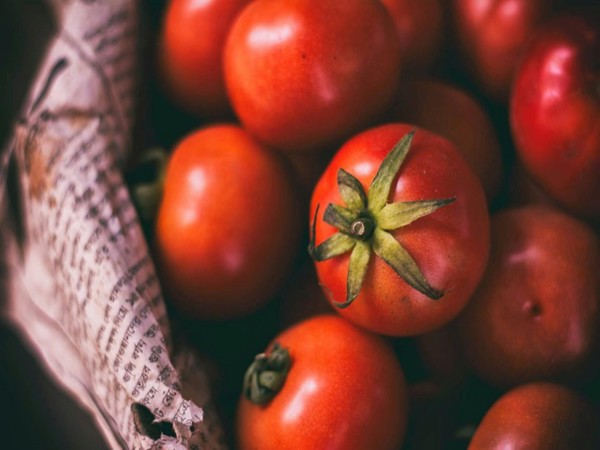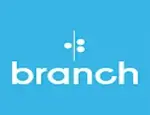It was early January, and the new year had begun with its usual dose of optimism and challenges. Like many others, I had a resolution: to start a tomatoes business with the little savings I had. Being in Nigeria, where food security is critical and tomatoes are in high demand, I knew this was a profitable venture. But the real question was how to begin with minimal income.
Here’s how I turned my small savings into a sustainable tomatoes business, and how you can, too, following a step-by-step approach.
1. Research and Planning
Before taking any physical steps, I spent time researching the Nigerian market and understanding the tomatoes value chain. I needed to know which type of tomatoes were most in demand, the seasons that influenced supply, and the locations where tomatoes farming thrived.
In Nigeria, tomatoes are best cultivated in states like Kano, Kaduna, and Plateau due to the favorable climate. After speaking with local farmers and agricultural experts, I realized that Roma tomatoes were the best option. They are resilient and in high demand, especially in urban areas like Lagos and Abuja.
Action Step:
- Spend at least a week researching the tomatoes market in your state or location.
- Consult local farmers, agricultural extension workers, and market sellers.
2. Find Affordable Land for Cultivation
With minimal income, renting or buying a large plot of land was not an option. I opted for a small plot of land on the outskirts of my town, where land is cheaper. I managed to lease one plot (about 640 square meters) at N30,000 (about $50) per year in Kaduna. This was sufficient to start with about 1,000 tomato plants.
In Nigeria, there are government initiatives like the Anchor Borrowers’ Program by the Central Bank of Nigeria (CBN) that provide land and credit to small farmers. Alternatively, you can partner with a landowner for a profit-sharing model.
Action Step:
- Look for land in rural areas or partner with someone who has unused land.
- Explore government schemes for small-scale farmers.
3. Seed Selection and Sourcing
Once I secured the land, the next step was to purchase high-quality tomato seeds. Quality seeds determine the yield, so I opted for hybrid varieties like UC82B which are disease-resistant and suitable for Nigerian soil.
I bought 500 grams of hybrid seeds for N10,000 ($100) from a certified agro-dealer. This ensured that my plants would survive and thrive, even with minimal resources.
Action Step:
- Always buy seeds from a reputable source.
- Choose hybrid varieties for higher yield and disease resistance.
4. Prepare the Land
With the little savings left, I hired laborers to help me clear and till the land. I had to invest in organic manure and fertilizers to enhance the soil’s fertility. A sack of organic fertilizer cost about N2,500($2), and I needed five sacks for the entire plot.
For water, I used a drip irrigation system, which conserves water and ensures the plants are hydrated, especially during dry periods. Drip irrigation is a great solution in Nigeria due to inconsistent rainfall.
Action Step:
- Prepare your land by clearing, tilling, and fertilizing it.
- Invest in a water management system like drip irrigation.
5. Planting and Care
Once the land was ready, I planted the seeds in nursery beds and transferred the seedlings to the main plot after three weeks. Tomatoes require regular watering, weeding, and fertilization. For a small-scale farm, this can be done manually, reducing costs.
Pests and diseases can destroy crops, but with the right preventive measures, I kept my plants safe. I used natural pesticides like neem oil, which is affordable and environmentally friendly.
Action Step:
- Set up a nursery bed and transfer the seedlings after three weeks.
- Protect your plants from pests with organic or affordable pesticides.
6. Harvesting and Selling
Tomatoes typically take about 2-3 months to mature. Once they were ripe, I harvested and started selling at the local market and to wholesalers in urban centers. I targeted peak periods, especially before festive seasons, when demand skyrockets.
Thanks to digital platforms, I was able to connect with urban wholesalers via WhatsApp and Facebook groups. I also partnered with local vendors for better market reach.
Action Step:
- Harvest your tomatoes at peak ripeness to get the best price.
- Use digital platforms to find buyers beyond your local market.
7. Managing Finances
One of the biggest lessons I learned was the importance of financial literacy. I kept records of every expense, from seeds to fertilizers to labor. By tracking my profits and losses, I ensured that my small business remained sustainable.
I used a simple mobile banking app and a spreadsheet to manage my cash flow. These tools allowed me to see when to reinvest in seeds and when to expand.
Action Step:
- Keep detailed financial records of every transaction.
- Use mobile banking and budgeting apps to manage your finances.
Final Thoughts: A Lesson in Perseverance
Starting a tomatoes business in Nigeria with minimal income is challenging but rewarding. By taking small, calculated steps and leveraging digital tools for market access, I was able to grow my business sustainably. Financial literacy is also key in ensuring that you manage your income and expenses effectively.
If you're thinking of starting a tomatoes business with minimal income, the journey requires patience, but with the right planning, it can become a successful venture.

.jpg)








